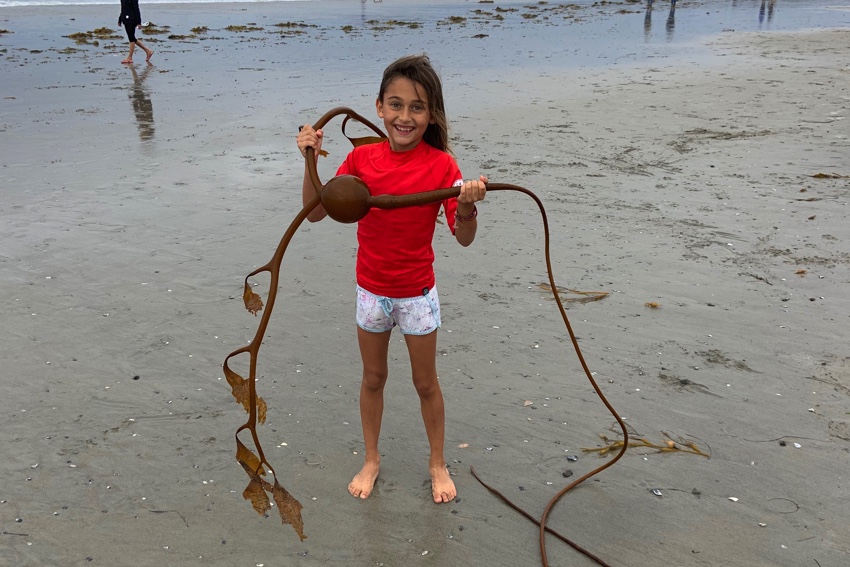Let’s Play: 6 Benefits of Play in Child Development


My daughter came running up to me one day at the beach with a huge piece of sea kelp in her hands. “I found a treasure!” she said. “A ginormous treasure! I’m going to go catch a fish with it. Bye-bye.” And off she ran, joyfully, back into the ocean to wield her “treasure” as a fishing pole.
Take a moment, if you can, and think back to a happy childhood memory. What was something that you loved to do as a little kid? Was it riding a bike down the street, the wind in your face, going as fast as your little legs could pump those pedals? Was it building with erector sets, blocks, plastic building bricks, and Lincoln Logs®, creating whatever your imagination allowed? Was it pretending to be a teacher, or a rock star, or a veterinarian, or a dragon, or a superhero? Was it painting at an easel, mixing colors and bringing pictures to life? Was it digging in the dirt and climbing trees and building forts and uncovering hidden insects under rocks? Was it dressing up your Barbie for a princess ball or having water gun fights with your brother?
We remember play.
For most of us, when we think about our childhood and what we loved to do as kids, we remember play. We remember joyful, unencumbered, playful experiences—using our imaginations, being free to explore a toy or the world around us without constant adult direction. And what we got out of those play experiences was critically important to who we are today. Through play you learned…
- how to think creatively and problem solve (what size pieces do you need to make windows on the second story of your building?),
- about your own limitations and how to challenge yourself (how hard can you pedal that bike?),
- how to persist through challenges (what colors do you need to mix together to get this purple the perfect shade for your painting?),
- how to make and follow rules and get along with others (you’re only allowed to squirt people who are holding a water gun),
- how to think symbolically (using objects in unconventional ways—using sea kelp as a fishing pole, for example—helped you make connections to more abstract symbols later, like using letters and numbers), and
- that you are awesome and capable and strong and brave!
That’s what we want for every child! In every classroom using The Creative Curriculum , play is valued, encouraged, and intentionally provided. And I am so happy to say that we are bringing those same values into preschool and kindergarten classrooms.